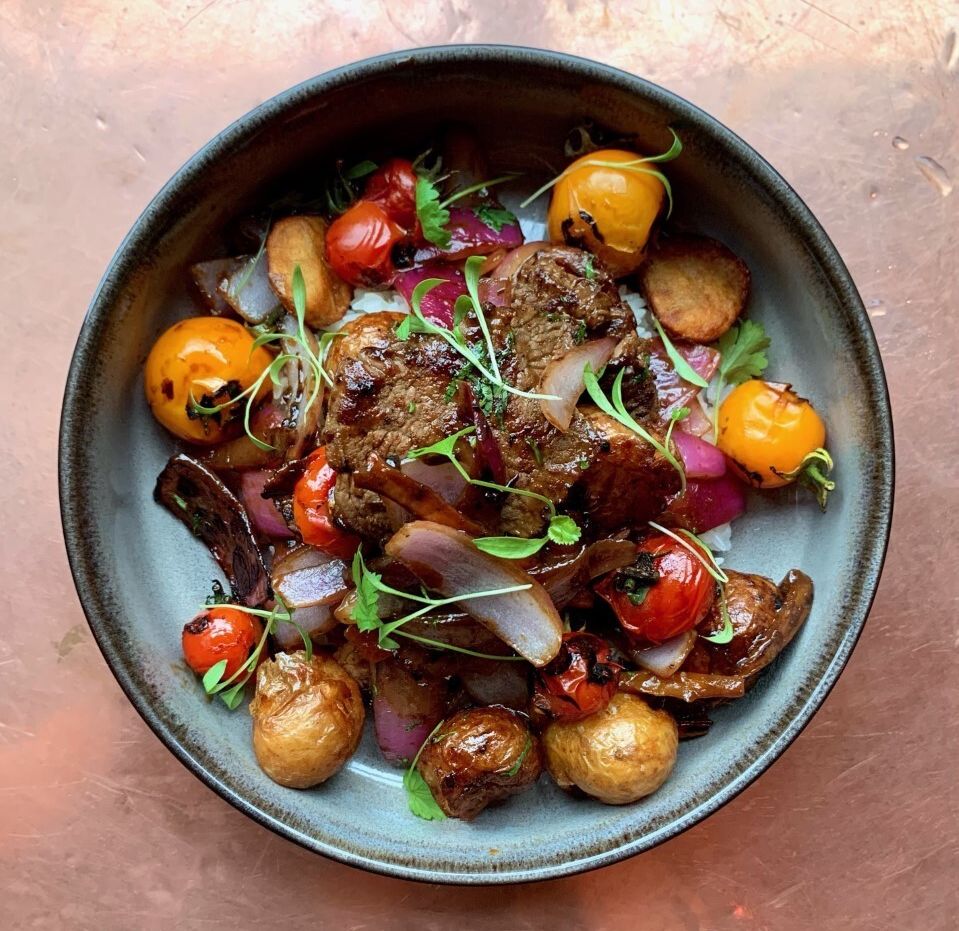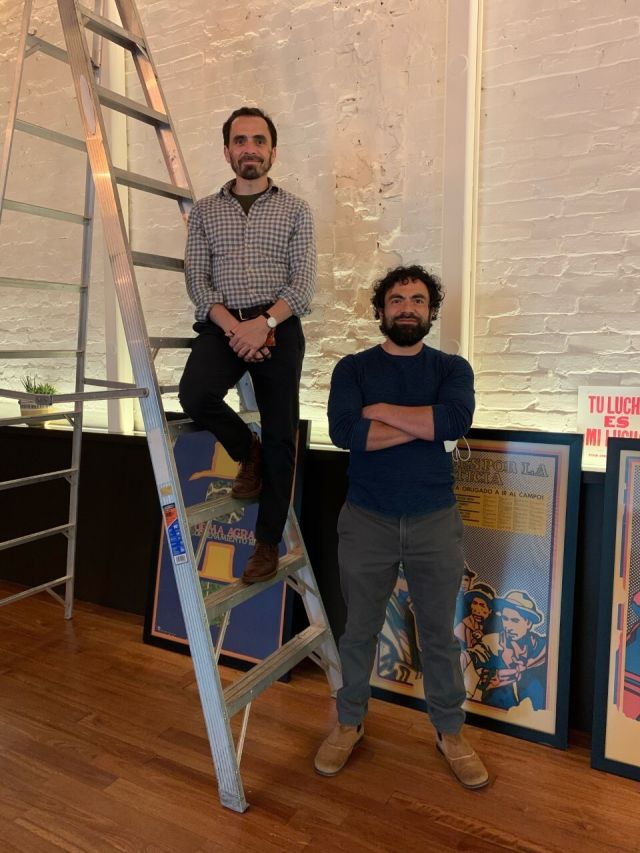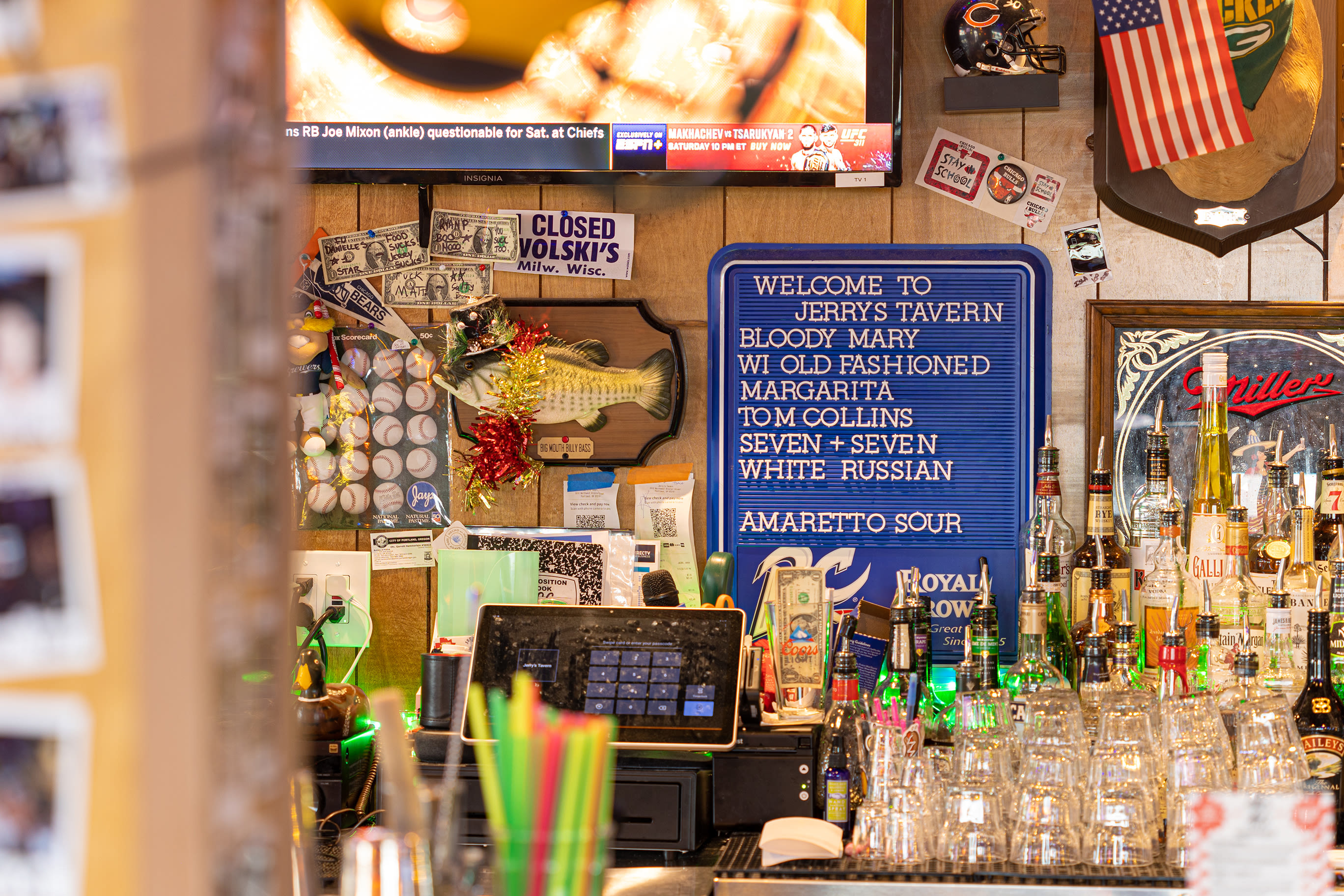Andina Is Ready to Be a Game Changer Again

Image: Brady Kennedy
It's hard to remember that Andina was a radical restaurant at its peak in 2005, its whimsical dishes nearly impossible to find outside of Peru's avant-garde food scene. It so happened that co-owner Doris Rodriguez de Platt, the warm, friendly face of the family restaurant, connected with young chefs from Lima's New Wave, and for the next few years, Andina was poised lead America's progressive Peruvian movement, backed by a hidden wine room deep in cult picks and eclectic grapes. Then, success and expansion ate the momentum, as it often does. Andina went from 80 covers on a busy night to upwards of 600 hundred at full tilt, as multiple eating spaces, bars, and private dining events roared. The innovative Peruvian chefs disappeared, and the food adventure scale went from Andean peak to cruise ship.
But for 17 years running, the Pearl District institution—Oregon's third-largest Hispanic business—has remained indefatigably popular. It's easy to like Andina, with its gracious hospitality, but I can't remember the last time I was excited about Andina, which pivoted to take-out in March.
Until now. Where there is chaos, there is opportunity, and Andina is going for it. When it reopens for indoor dining on Oct. 26, the restaurant hopes to connect more directly and clearly with its original cultural mission. The scaled back menu will have a more dedicated seasonal approach, stepping up options from a partner farm in Corvallis obsessed with Andean crops. Meanwhile, a collaborative kitchen spirit will build on the crew's far-flung experiences and interests—fishing and hunting to French desserts to hardcore Peruvian vegan. Brianna Kempf, Andina's 25-year-old pastry chef, exemplifies the approach, free to follow whatever idea strikes, sticking peach jam under traditional sweet potato doughnuts or dolloping porcini cream over an intricate brown butter pecan-hazelnut cake. “It's great to be given free rein,” she tells me. “Not too many places let you go crazy with ideas.”

Andina is now in the good hands of brothers Victor (left) and Peter Platt.
Image: Courtesy Andina
With the changes come a changing of the guard, as “Mama Doris” passes the torch to sons Peter and Victor Platt, both in their early 40s. Long term, the brothers envision Andina as a cultural hub as much as a restaurant. Ideas include a centralized drop-off for CSA farmers, an incubator space, and pop-ups for emerging chefs. Certainly, with 12,500 square feet and multiple rooms, they have the space to do something dynamic. Peter, who holds degrees from Harvard and Yale, already has a network of people and ideas to tap: currently, he's the board chair of Hacienda CDC, Oregon's largest Latino-led housing non-profit, and serves as a commissioner with Prosper Portland. Victor is the aesthetic guy, guiding the storytelling on the plate and the walls, channeling how the brothers express their Peruvian-American identity. Right now, he's hunting for original works by Latin artists for the restaurant.
“It's an important moment for the family, generationally, to redefine itself,” says Peter. The duo is leaning hard into the Peace Seedlings, the family's long-time partner farm in Corvallis, run by second generation plant geneticists with an abiding passion in Andean plants. “They're growing a full panoply of Andean roots,” says Peter, “lost crops of the Incas, a fascinating, incredible variety of foods now being rediscovered.” He positively surges when describing the farm's yacon, which he calls “crunchy like jicama, sweet like an apple, and spicy like ginger.”
But first, Andina must survive. When it reopens, only one-third of the physical dining space will be in use, with socially distanced tables and 60 seats, reservations only. White linen has been replaced by new copper-topped tables (the virus doesn't like copper, says Peter). Walk-ins will be welcome at an upstairs bar—20 people at a time. Importantly, they've installed a state-of-the-art needlepoint bi-polar ionizer air filtration system, currently used by the Mayo clinic, Google headquarters, and New York's famed Le Bernardin restaurant. “We're very carefully dipping our toes into the water,” says Peter. “There's only so much of the Andina experience that can translate in a to-go box.” To that end, take-out will continue under a new brand called Chicha, an in house ghost kitchen with more casual eats, like empanadas. A web site is coming soon.
The success of Andina V2 may lie, in part, with former Andina chef Jose Luis de Cossio, who just signed on as a consultant. You may know him as the guy who blew up his wildly popular ceviche restaurant Paiche in 2017. De Cossio shocked Portland when he abruptly ditched fine-dining for a healthier life, making hemp lattes and transforming Peruvian ingredients into ingenious vegan and gluten-free dishes, which he served only a few days a week, at odd morning hours. Alas, few people tried it before Paiche shuttered altogether, as de Cossio juggled surfing with duties as a stay-at-home dad. Clearly, he's not a 9 to 5 guy.
“You grow the garden, find the artists, give him his paint,” says Peter. “We'll see. We're excited. We'll focus on projects, come up with menu items and signature dishes, get him rethinking these traditional Peruvian crops. He's gone back to this pre-colonial approach, not using any dairy, no animal fats, a pure approach, delicious but healthy, very new. He's doing stuff like, wow. I've never had that before. I'm in.”
How will it work out? Can Andina bridge the old ways with the new? Can the food bust out of its “safe” approach and redefine Peruvian food, once again, in an industry hungry for realness? “The pandemic is forcing us to be creative again,” says Peter. “You change or you close. It's binary at this point.”
Andina
Opening Oct. 26. Reservations required for dining room, walk-in bar, andinarestaurant.com




